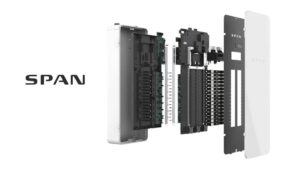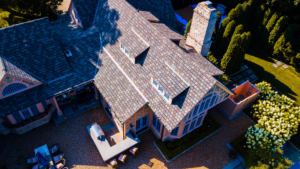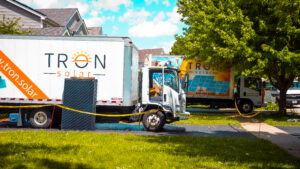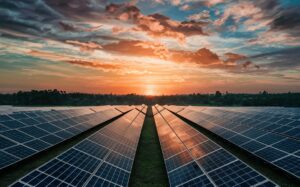For years, homeowners going solar often pointed to one major factor: the federal tax credit. That incentive made solar installation a clear win for many.
But now it’s 2026, and the landscape has shifted. So you might be asking:
-
“Is solar still worth it?”
-
“Did I miss my chance?”
-
“Can I still save without the big incentives?”
Here’s the short answer: Yes — solar absolutely still makes sense. The savings structure may have evolved, but the long-term value remains strong. With utility rates rising faster than ever, homeowners are positioned to see meaningful savings by switching to solar and locking in energy independence.
Looking Back: Why the Tax Credit Mattered
When the federal investment tax credit (ITC) was introduced for residential solar, it opened the door for everyday homeowners — not just early adopters — to make the switch. According to the U.S. Department of Energy (DOE), many homeowners were able to stack the 30 % federal tax credit on top of state incentives, dramatically reducing upfront costs.
But just because the headline incentive has shifted doesn’t mean the opportunity has disappeared. In fact, new programs and rising electric rates make 2026 a compelling year for solar.
What’s Different in 2026
New Programs and Accessibility
The previous model hinged on tax liability: you had to owe enough federal taxes to benefit, possibly wait a year or more for the credit, and deal with complicated paperwork. Today’s programs are more inclusive and designed for broader access.
According to DOE guidance, you may be eligible for the federal Residential Clean Energy Credit — which covers systems installed from 2022 through 2032 at 30 % of costs — or enjoy upcoming market-driven financing models and utility programs.
The Underlying Truth: Utility Rates Are Rising
Here’s what many homeowners overlook: the real cost of doing nothing is increasing. Electricity rates nationwide have climbed well beyond inflation, and utilities are facing new pressures from increased demand, electrification (EVs, heat pumps), and grid upgrades.
With energy bills going up, investing in solar now means locking in predictability — and taking control of your energy costs instead of being subject to them.
Inflation-Proofing Your Home with Solar
Powering your home is non-optional. But without competition, you’re at the mercy of your utility’s pricing decisions. Going solar changes that dynamic.
With solar, you’re not just a customer — you own your power system (or at least your agreement) and shift into a predictable payment structure. As utility rates go up, your savings go up — making the switch smarter every year.
For example: if your bill is $200 today and utility rates increase steadily, you could easily be paying $250+ a few years from now. With solar, your monthly payment remains much more stable, and your differential savings grow.
Financing & Zero-Down Options
A common misconception: “Solar requires large upfront investment.” That’s no longer the case. Today most homeowners go solar with zero down or very low upfront cost — via loans, leases, or Power Purchase Agreements (PPAs). According to the DOE’s “Will I Save Money with Solar?” guide, whether you purchase or finance, you may begin seeing savings immediately.
In layman’s terms: you’re swapping (or significantly reducing) your utility bill for a solar payment — but this time the asset is your home, and you’re building value instead of simply paying rent to a utility.
What About Return on Investment?
Yes, we live in a world where the 30% headline may not be front-of-mind like it was, but ROI remains very real.
Here’s how to look at it:
-
A system installed today might cost you — for example’s sake — $30,000 under 2026 program structures.
-
Over a 25-year period, utility costs without solar could well exceed $80,000 (depending on your rate growth).
-
With solar, your avoided utility costs might be $40,000–$50,000 (or more), meaning your dream ROI is still alive and kicking.
The structure changed, but the outcome — financial independence and long-term value — hasn’t.
Common Misconceptions in 2026
-
“Solar only makes sense with the tax credit.” — False. The 30% credit helped, but today’s programs and financing models deliver comparable benefits in a simpler way.
-
“I missed the boat.” — Wrong. The solar industry has adapted, and the new structures meet homeowners where they are.
-
“My bill isn’t high enough, so it’s probably not worth it.” — Think again. Utility rates will likely continue to rise. The sooner you lock in savings, the bigger the payoff.
Final Take: Yes — Solar Still Makes Sense in 2026
Solar still does what it’s always done:
-
Cuts your electric bill
-
Protects you from unpredictable rate hikes
-
Adds value to your home
-
Gives you genuine control over your energy costs
Utility rates are climbing. Inflation isn’t slowing down. The grid is under more pressure than ever. Meanwhile, newer payment models remove many of the barriers of the past. That makes solar more accessible and smarter than ever.
So, the important question isn’t “Does solar make sense?” — the question is whether you want to remain vulnerable to rising bills and power outages, or take control today and lock in predictable savings for the long term.
For Homeowners in the Midwest
At Tron Solar, we specialize in residential and commercial solar installations across the Midwest. As the highest-rated solar company in the region, we make it our mission to simplify the process, offering transparent financing, expert installation, and ongoing support aligned with the highest standards.
If you’re ready to talk about how solar fits your home, we’re here — no pressure, just clarity, bold energy, and real savings.
Contact us today: 800-484-8766

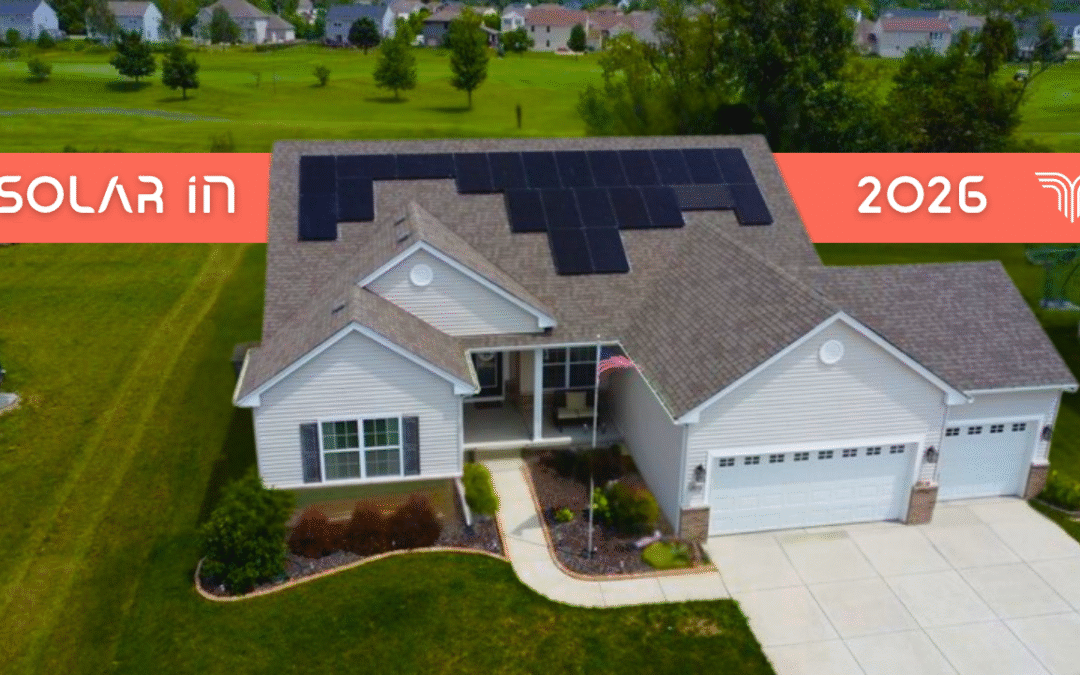
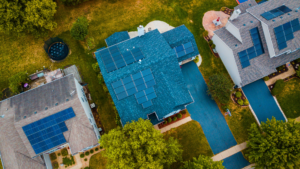
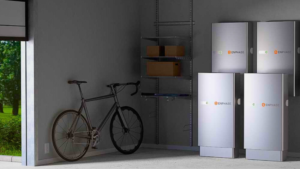 Our battery storage solutions are designed to provide reliable and efficient energy storage for your home or business. With our advanced battery storage systems, you can store excess energy generated by your solar panels or grid power and use it when you need it most.
Our battery storage solutions are designed to provide reliable and efficient energy storage for your home or business. With our advanced battery storage systems, you can store excess energy generated by your solar panels or grid power and use it when you need it most.
